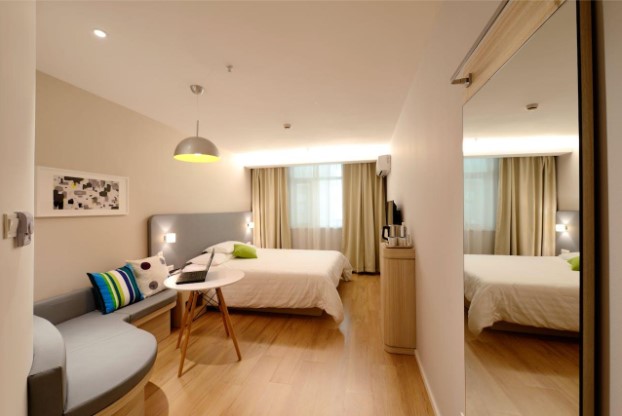The right lighting can make or break the atmosphere of your home. Too much sunlight streaming through your windows can create glare on your computer screen during work hours. Too little natural light can leave your living room feeling dark and unwelcoming.
Finding that perfect balance gives you complete control over how each space feels throughout the day. Light control isn’t just about comfort. It affects your sleep quality, energy bills, and how functional each room becomes for its intended purpose.
However, achieving total light control doesn’t require a complete home renovation.
Install Vinyl Replacement Windows
Your windows are the foundation of light control in any room. Old, single-pane windows often let in too much heat during summer and lose warmth during winter, making it harder to maintain comfortable lighting conditions.
Good vinyl replacement windows give you better control over both natural light and temperature. These windows come with features that help you manage sunlight more effectively. Low-E coatings reduce harsh glare while still allowing plenty of natural light to enter your space.
Double or triple-pane glass provides better insulation, which means your artificial lighting won’t have to work as hard to create the right atmosphere.
Invest in Blackout Solutions
Some rooms demand complete darkness at certain times. Bedrooms need to block out early morning sunlight for better sleep. Media rooms require darkness for optimal screen viewing. Home theaters need total light elimination for the best movie experience.
Blackout curtains and shades are designed specifically for these situations. Unlike regular window coverings, they’re made with materials that completely prevent light from passing through. Many blackout options also provide additional benefits like noise reduction and temperature control.
Consider Smart Lighting Systems
Smart lighting takes the guesswork out of creating the perfect atmosphere in any room. These systems let you adjust brightness, color temperature, and timing with simple voice commands or smartphone apps.
The real power of smart lighting comes from its ability to adapt to your daily routine. You can program lights to gradually brighten in the morning, mimic natural daylight during work hours, and dim to warm tones in the evening. This creates a more natural lighting rhythm that works with your body’s internal clock.
Smart systems also integrate with other home automation features. Motion sensors can automatically adjust lighting when you enter or leave a room.
Evaluate Room Function
Each room in your home serves different purposes, and your lighting strategy should reflect those needs. A home office requires bright, focused light for computer work and reading. A dining room needs softer, warmer light for comfortable meals and conversation.
Bedrooms benefit from multiple lighting options for different activities. Task lighting becomes crucial in functional spaces. Desk lamps provide focused illumination for detailed work without overwhelming the entire room.
Under-cabinet lighting in kitchens eliminates shadows while food preparation happens. Reading lights beside beds offer personal illumination without disturbing others.
Window Shutters
Plantation shutters offer one of the most precise methods for controlling natural light. The adjustable louvers let you direct sunlight exactly where you want it while maintaining privacy and ventilation.
Unlike other coverings, window shutters become part of your home’s architecture, adding value while providing superior light control. The solid construction of quality shutters blocks light completely when closed, making them excellent for bedrooms and media rooms.
When open, the louvers can be angled to bounce light off the ceiling for soft, indirect illumination throughout the room.




